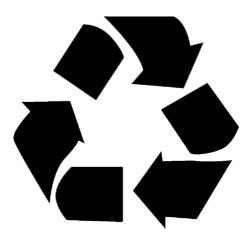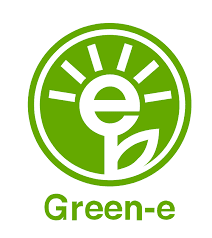 We’ve all been encouraged to go paperless, receiving financial statements, daily news, and even wedding invitations online instead of in person. But how much of the “go green” trend is based on fact, and how much is a myth? Just what are your sustainable printing options?
We’ve all been encouraged to go paperless, receiving financial statements, daily news, and even wedding invitations online instead of in person. But how much of the “go green” trend is based on fact, and how much is a myth? Just what are your sustainable printing options?
The truth is, paper manufactured in North America is more sustainable than you may think because it is made from a renewable resource – trees grown in responsibly managed forests. Let’s break down some common misunderstandings about the paper industry, explore some of the symbols to look for to help you select more sustainable substrates, and how you can work with your printer to make a difference.
Myth 1: Paper Production Increases Deforestation
If you were to guess, would you say there is more or less forested land in North America today than thirty years ago?
The answer may surprise you. The net forested area in the United States increased by approximately 18 million acres between 1990 and 2020. Even though 67% of our forestland is legally available for harvest, tree cutting and removal occur on less than 2% of forestland each year. For perspective, nearly 3% is disrupted annually by natural events like insects, disease, and fire.
It’s a myth that more trees are lost to paper or wood-based manufacturing than any other industry. Globally, the biggest driver of deforestation is agriculture, specifically the clearing of forests for crops to feed cows, pigs, and chickens. In fact, agriculture accounts for 73% of deforestation in tropical and subtropical countries.
Myth 2: Recycling Doesn’t Add Up
What gets recycled more than anything else in the United States? Paper.
According to the EPA, the total amount of municipal solid waste recycled in 2018 was more than 69 million tons, with paper and paperboard accounting for approximately 67% of that amount. And it doesn’t stop with one trip to the recycling bin. Paper products can be recycled five to seven times before the fibers become too short to be reused.
Recycling has a ripple effect that goes beyond the environment as well. An EPA study also found that recycling and reuse activities in the United States accounted for 681,000 jobs and $37.8 billion in wages.
Myth 3: Recycled Paper Just Ends Up in the Landfill
Paper made from post-consumer waste is produced from paper that comes directly from the recycling bin. Typical post-consumer recycled content includes copy paper, shipping boxes, catalogs, and food packaging. When post-consumer waste is reclaimed for recycling, it never sees the landfill.
These items end up in a “single-stream” recycling bin like the one you have at home. This single-stream recycling is then collected by local recycling programs and then sorted into bales of like material, which are then sold to be broken down and remanufactured.
It’s easy to find paper containing post-consumer content ranging from 15 to 100%. Selecting post-consumer recycled paper for your projects helps eliminate the need for harvesting more virgin materials and creates a demand for waste management companies to continue offering recycling services.
Some Common Symbols to Look For:
Paper and packaging substrates marked with FSC Certification meet the Forest Stewardship Council’s standards for well-managed forests and the responsible use of forest resources. To earn FSC certification, an organization must meet FSC’s standards that cover issues ranging from environmental impact to community relations and workers’ rights to monitoring and assessment processes.
By choosing products with the FSC label, you can be sure that the papers you’ve selected for your project have not been manufactured at the expense of the forest or the animals, plants, and people who rely on it.
Recycling symbol
The recycled symbol that we’re so familiar with can be found on many consumer products, including paper. Used alone, the recycling symbol means that a paper product or package is recyclable and made entirely from recycled material. Few products or packages can make both claims, so use of the symbol alone is limited. In most cases, the recycling symbol is accompanied by qualifying statements.
Green-e is the trusted global leader in clean energy and carbon offset certification. Green-e certified products make it easy for businesses and individuals to purchase verified clean energy with confidence and for consumers to choose sustainable products and services. This organization advocates for the advancement of clean energy policy, markets, and technology to power a renewable future.
Three Ways You Can Work With Your Printer to Find Sustainable Printing Options
- Responsible paper sourcing: Make sure that your paper comes from eco-friendly sources. Besides recycled fibers or post-consumer content, coating, bleaching, and other variables play into paper’s environmental impact.
- Use vegetable-based printer inks: Vegetable-based inks, usually made with soy, are more sustainable. They make recycling easier too, as they make de-inking easier.
- Eliminated waste: Stop over-printing. Use technologies like on-demand and variable data printing.
Learn something new? Share what surprised you the most in the comments!



